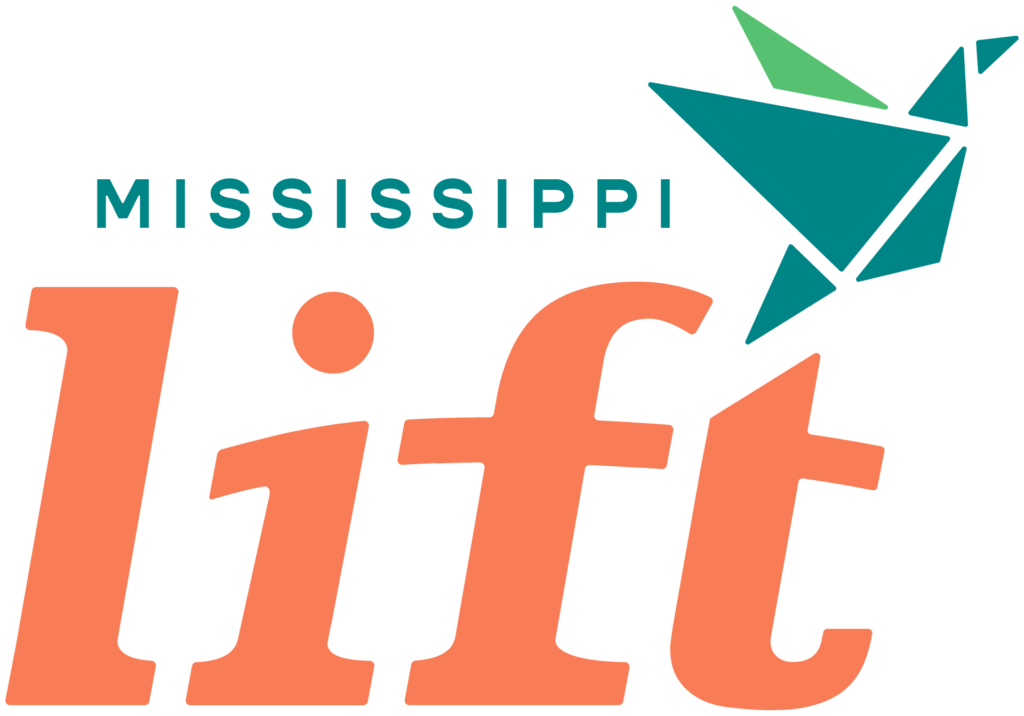Personalized Connected Encounters Using the
Well Visit Planner™
Part 1: General Information
The Personalized Connected Encounter (PCE) is a well-child visit in which the family and provider share the same information about needs and priorities and have the time to build a trusting relationship, focus on and promote child and family strengths, address child and family needs and educational priorities and share decisions on whether and how to address risks and needs identified and help families connect to important community-based and other resources. This type of encounter is enabled by using the Well Visit Planner® (WVP), which was specifically designed with and for families to help them to engage, learn and partner in care. The Well Visit Planner® is a brief (about 10 minutes), family-completed digital pre-visit planning tool meticulously anchored to national Bright Futures Guidelines for each of 15 well visits recommended from a child’s first week to sixth year of life. The WVP engages families in comprehensive whole child and family screening, assessment and priority setting using pre-visit planning (which can be done at home or in the office using a mobile phone, tablet or computer) and ensures encounters are based on the same information that is automatically generated and shared with both families (Well Visit Guide) and providers (Clinical Summary) about risks, needs and priorities. The Well Visit Planner at-a-glance Clinical Summary, which also provides many tailored, linkable resources to address the unique needs and priorities of each child and family, can be scanned into the medical record or automatically integrated if your electronic medical record team agrees. See the Step 2-Training web page of the this toolkit for a comparison of the WVP with the ASQ or CHADIS online methods to conduct developmental screening.
See this this 2 minute family facing video and the visual below to learn more about how the WVP works for families. See this short 4 minute video or this more comprehensive 9.5 minute video to learn more about using the WVP with the children and families you serve. The visual below summarizes the process families go through when using the Well Visit Planner digital tool.

Research shows that using the WVP dramatically improves care quality, saves time, and reduces urgent care. Recent studies show that >95% of providers were satisfied using the WVP and >95% of families would recommend its use to other parents. Most importantly, the Well Visit Planner frees up the limited time you have in well visits to focus on building trusting relationships with children and families, provide comprehensive, patient-centered care ensuring you did not miss a screen and met their unique needs and priorities. The Well Visit Planner was created and evaluated in partnership with families and child health care providers. Its efficacy and effectiveness have been validated through quasi-experimental and randomized control trials. Learn more on research and development here.
Part 2: What’s in the Well Visit Planner™?
Fifteen categories of content are included in the Well Visit Planner tools and all assessments and questions are specific for each age across the 15 well-visits recommended to take place between a child’s first week to sixth year of life. The core WVP tool is aligned with Bright Futures Guidelines and the screeners and content, scoring, reporting, and resources created by the CAHMI is reviewed in partnership with the American Academy of Pediatrics to ensure alignment. Additional assessments and questions can be added that you may find important to address (e.g., Adverse Childhood Experiences, Family Resilience, Child Flourishing), but that not formally recommended in Bright Futures Guidelines.

Part 3. Implementation of the Well Visit Planner®
There are 4 quick steps to register for a Cycle of Engagement account to customize and start using the Well Visit Planner with the children and families you serve. Once you register and customize your online tools to use with the children and families you serve, you will receive a secure and easy-to-use WVP Use Portal for implementing the WVP the features a data dashboard where you can access pre-scored Clinical Summaries after each family completes the WVP, whether they do this at home or on their mobile phone before the visit or in the office. Go to www.cycleofengagement.org to begin.
You can sign up for a WVP account, customize your WVP and begin to use with the children and families you serve on the same day and the CAHMI recommends you try it out with a few families first to learn how to make it work best for you. During customization of your WVP website to share with families, you can add a personalized welcome message, office logo, add additional resources and assessments beyond those formally recommended through national Bright Futures Guidelines (e.g., Adverse Childhood Experiences, Family Resilience, expanded social determinants, like the SEEK)
What can you do on your Well Visit Planner (WVP) Use Portal?
- Get quick guides to implement the COE Well Visit Planner approach using five simple steps
- Get a customized flyer to share with families to learn about and use the WVP
- Get family engagement resources to partner in care with families and the community Change the customization of your WVP for PHDS family website, including additional content and adding or removing resources to share with families
- Track completions of the WVP by families
- Update or manage your WVP account information (e.g., password, account permissions, notification settings)
About This Resource
The overarching goal of the Child Health and Development Project (Mississippi Thrive!) has been to improve developmental health outcomes for young children through the building of a statewide developmental and behavioral health system. As part of the system build MST worked with health care providers to increase developmental screenings, connect more children to the services they need, and equip providers with materials and resources to promote developmental and behavioral health with caregivers at wellness visits. Additional work was conducted to advance more comprehensive, family-engaged, whole child approaches.
This toolkit provides information about the specific resources and approaches used to support health care providers at the University of Mississippi Medical Center to integrate developmental screening and additional approaches to engage families and conduct comprehensive screening and personalized health promotion into their pediatric practices as well as lessons learned. It was modeled after the Louisiana Developmental Screening Toolkit created by the Developmental Screening Initiative at the Louisiana Bureau of Family Health. It incorporates a Continuous Quality Improvement framework based on the clinical practice guidelines form the American Academy of Pediatrics.
This toolkit was developed by the Mississippi Thrive! Enhanced Pediatric Medical Home Services (EPMHS) team in partnership with The Child and Adolescent Health Measurement Initiative (CAHMI). The Child Health and Development Project: Mississippi Thrive! (CHDP) was a project of the University of Mississippi Medical Center’s (UMMC) Center for the Advancement of Youth (CAY) and the Social Science Research Center (SSRC) of Mississippi State University (MSU).
This project was supported by the Health Resources and Services Administration (HRSA) of the U.S. Department of Health and Human Services (HHS) as part of an award totaling $17.4 million with 0 percent financed with non-governmental sources. The contents are those of the author(s) and do not necessarily represent the official views of, nor an endorsement, by HRSA, HHS, or the U.S. Government. For more information, please visit HRSA.gov today. The Child and Adolescent Health Measurement Initiative (CAHMI) is a national non-profit initiative founded in 1996 to promote the early and lifelong health of children, youth and families using family-centered health and health care quality data and improvement tools and research. The Cycle of Engagement Well Visit Planner approach was developed and is maintained by the Child and Adolescent Health Measurement Initiative (CAHMI).














